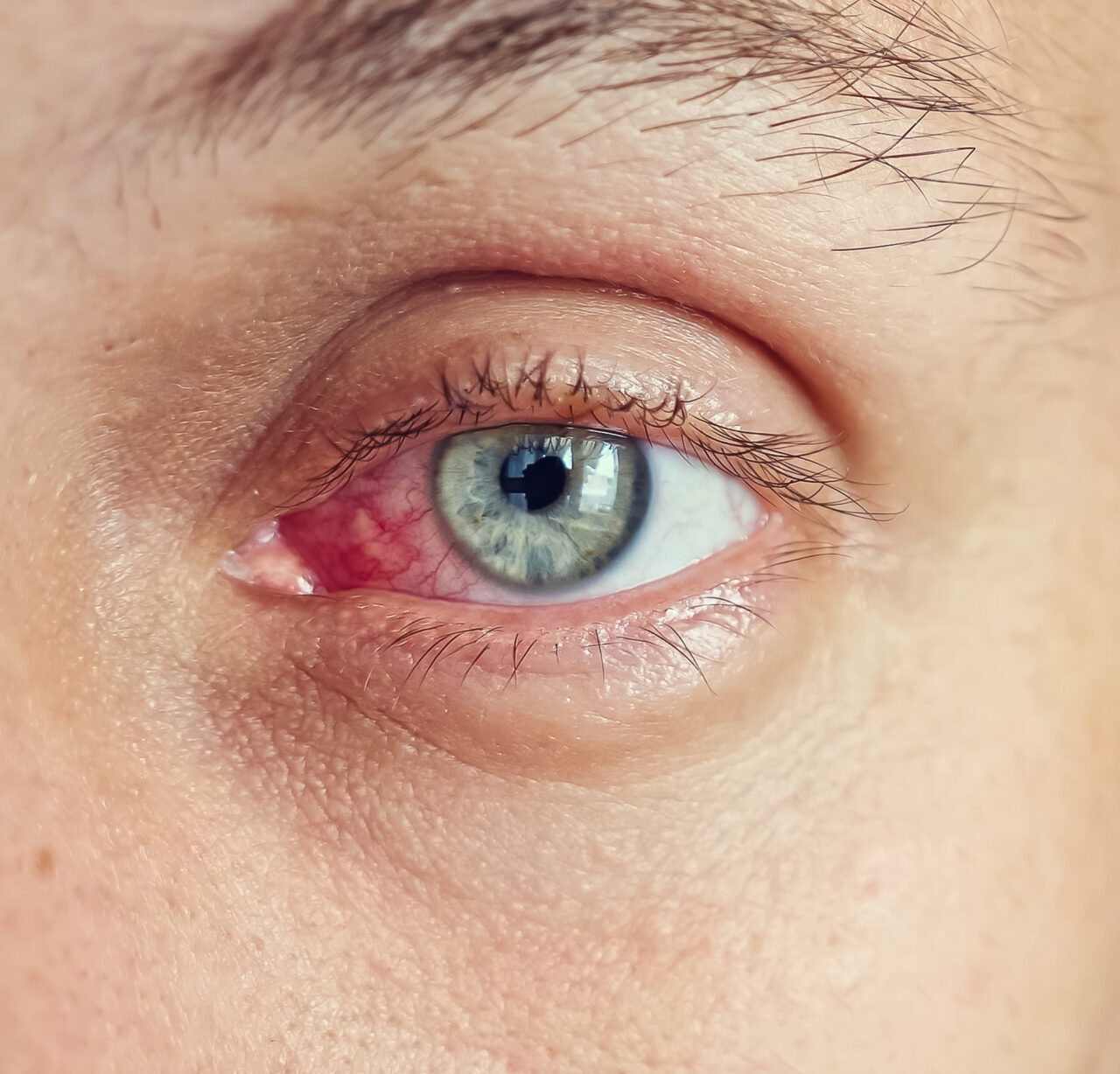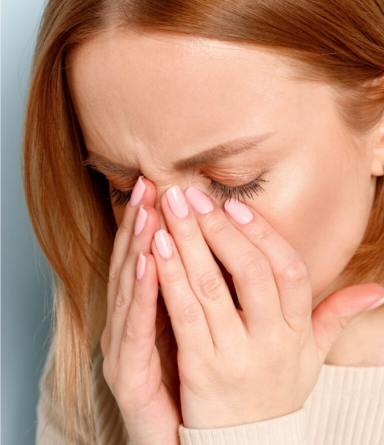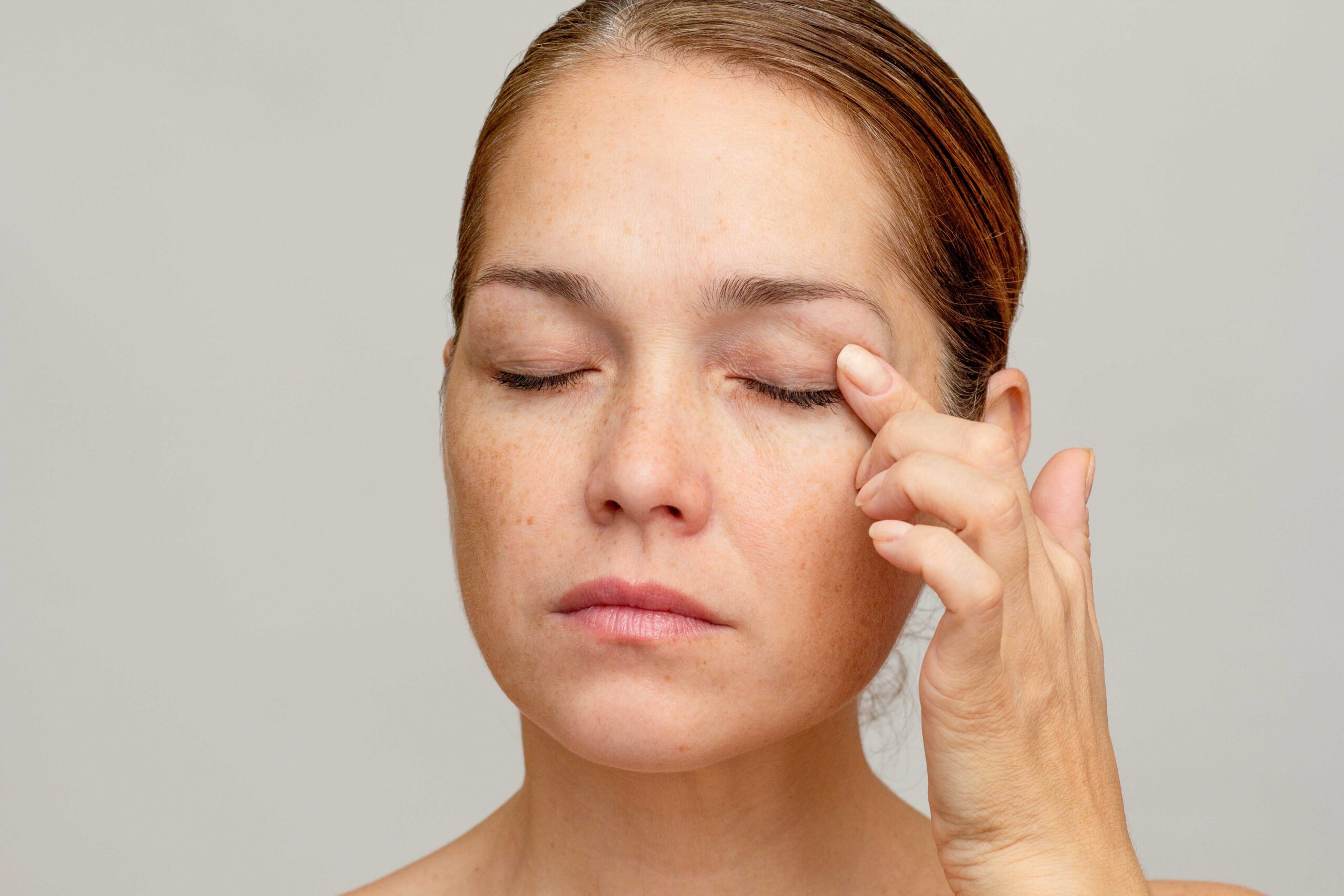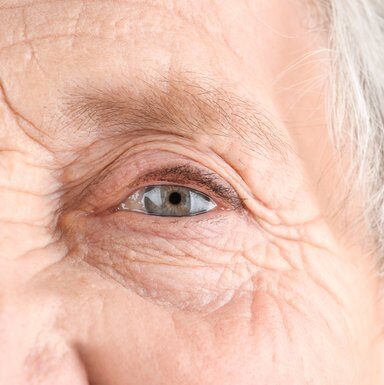First off, Dry Eye can be due to two main types of issues: Aqueous Dry Eye (ADDE) and Evaporative Dry Eye (EDE). In ADDE, there’s a problem with the quantity of tears produced, whereas in EDE, the quality of tears is affected, often due to excessive evaporation. Both types disrupt the natural balance of your tear film. 3,4
Now, what exactly triggers these issues? For starters, certain medical conditions can play a role. For example, Meibomian Gland Dysfunction (MGD), where the glands that produce the oily layer of your tear film are affected, can lead to EDE. Also, systemic diseases like Lupus and Scleroderma can contribute to Dry Eye.3,4
Surprisingly, even eye surgeries can be a culprit. These procedures can damage important nerves and cells in the eye, leading to decreased tear production and increased tear evaporation – all contributing to Dry Eye.3,4
Moreover, environmental factors play a big role. In EDE, conditions like high wind speed, low humidity, or even allergy and preservative use can cause your tears to evaporate too quickly, leading to tear film instability and Dry Eye.4
Lastly, certain medications can also contribute to Dry Eye. Medications like antihistamines, beta-blockers, and some psychotropic drugs can reduce tear secretion, disrupting the balance of your tear film and leading to ADDE.4
In conclusion, Dry Eye is a multifaceted condition with various potential causes. It’s not just about ‘dry’ eyes but a complex interplay of medical, environmental, and physiological factors.






